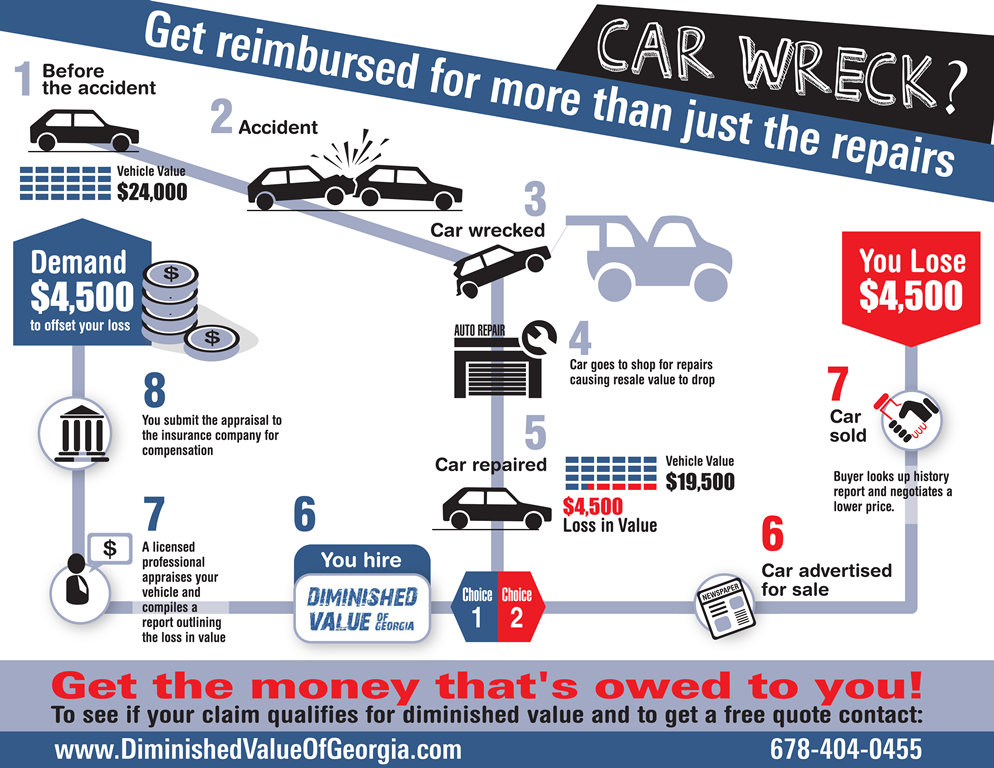Want To Learn More About The Caution Lights On Your Control Panel? Reveal What They Indicate Concerning Your Vehicle'S Health And Wellness
Want To Learn More About The Caution Lights On Your Control Panel? Reveal What They Indicate Concerning Your Vehicle'S Health And Wellness
Blog Article
Material Composed By-Lim Gilbert
When you lag the wheel, those beautiful warning lights on your control panel can be a bit puzzling. Do you recognize what they're trying to inform you concerning your auto's health and wellness? Comprehending the significance of these lights is important for your safety and the longevity of your vehicle. So, the following time one of those lights appears, would not you want to understand its message properly and take the essential actions to resolve it?
Common Caution Lighting and Interpretations
Determine typical warning lights in your vehicle and comprehend their definitions to ensure risk-free driving.
One of the most normal warning lights include the check engine light, which indicates issues with the engine or discharges system. If this light begins, it's vital to have your car inspected promptly.
The oil stress cautioning light suggests low oil pressure, needing prompt interest to prevent engine damage.
A blinking battery light might suggest a damaged billing system, possibly leaving you stranded if not attended to.
The tire pressure surveillance system (TPMS) light signals you to reduced tire pressure, influencing car security and gas effectiveness. Ignoring this could bring about hazardous driving conditions.
The abdominal light suggests an issue with the anti-lock stopping system, compromising your capability to quit swiftly in emergency situations.
Last but not least, the coolant temperature warning light warns of engine overheating, which can cause severe damage otherwise fixed quickly.
Comprehending these usual warning lights will assist you resolve concerns promptly and keep risk-free driving conditions.
Importance of Prompt Focus
Recognizing the typical caution lights in your car is just the very first step; the importance of without delay dealing with these warnings can't be stressed sufficient to guarantee your safety when driving.
When premier auto detailing illuminates on your control panel, it's your car's means of interacting a prospective concern that requires interest. Disregarding these cautions can lead to more serious problems in the future, jeopardizing your safety and security and potentially costing you a lot more out of commission.
Motivate interest to advising lights can stop break downs and accidents. For example, a blinking check engine light might show a misfire that, if left ignored, might create damage to the catalytic converter. Addressing this immediately can conserve you from a costly fixing.
Similarly, a brake system advising light could indicate reduced brake fluid or worn brake pads, important components for your security when driving.
Do It Yourself Troubleshooting Tips
If you see a warning light on your dashboard, there are a couple of DIY fixing pointers you can try prior to seeking expert help.
The initial step is to consult your cars and truck's guidebook to comprehend what the details warning light shows. Sometimes Keep Reading can be as easy as a loose gas cap triggering the check engine light. Tightening up the gas cap might solve the issue.
Another usual issue is a low battery, which can cause various advising lights. Checking the battery connections for corrosion and guaranteeing they're secure might take care of the problem.
If a caution light persists, you can attempt resetting it by disconnecting the auto's battery for a couple of minutes and then reconnecting it. Furthermore, inspecting your lorry's fluid levels, such as oil, coolant, and brake liquid, can assist fix alerting lights connected to these systems.
Conclusion
Finally, understanding your car's caution lights is essential for keeping your vehicle running smoothly and securely. By promptly addressing these notifies and knowing what they indicate, you can avoid costly fixings and prospective failures.
Remember to consult your vehicle's handbook for specific information on each alerting light and take action appropriately to ensure a hassle-free driving experience.
Stay educated, stay secure when traveling!
